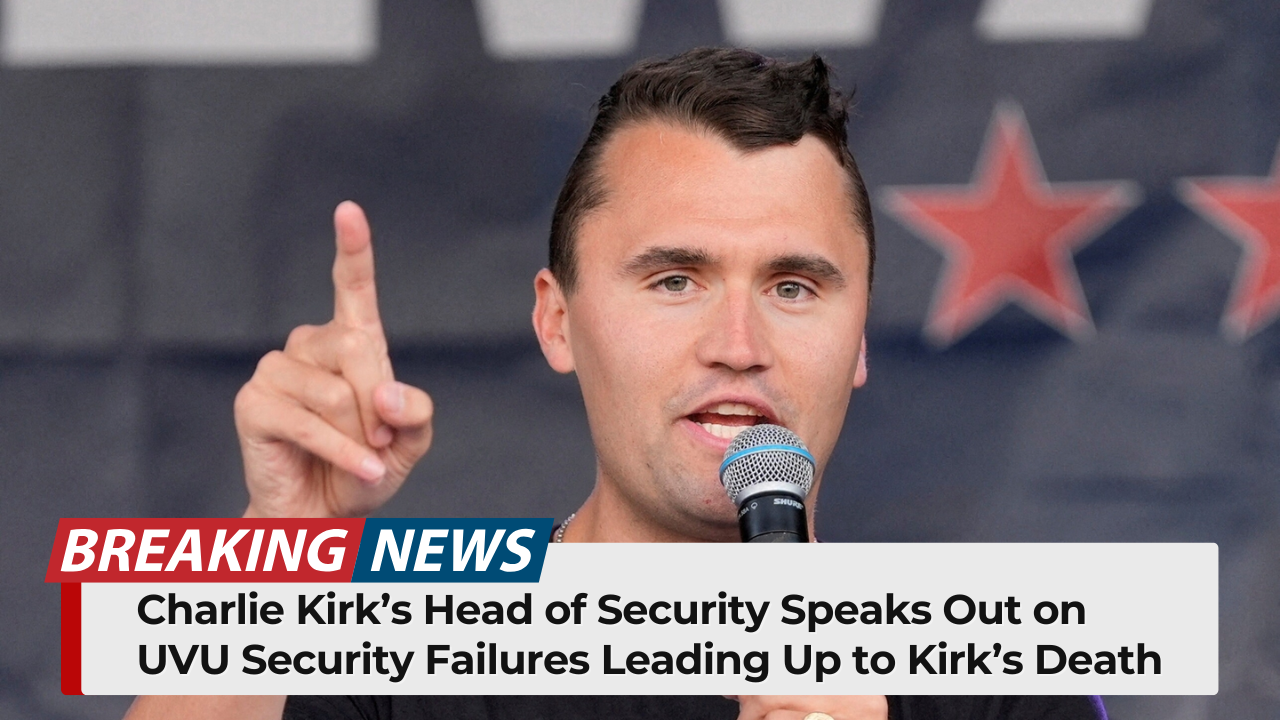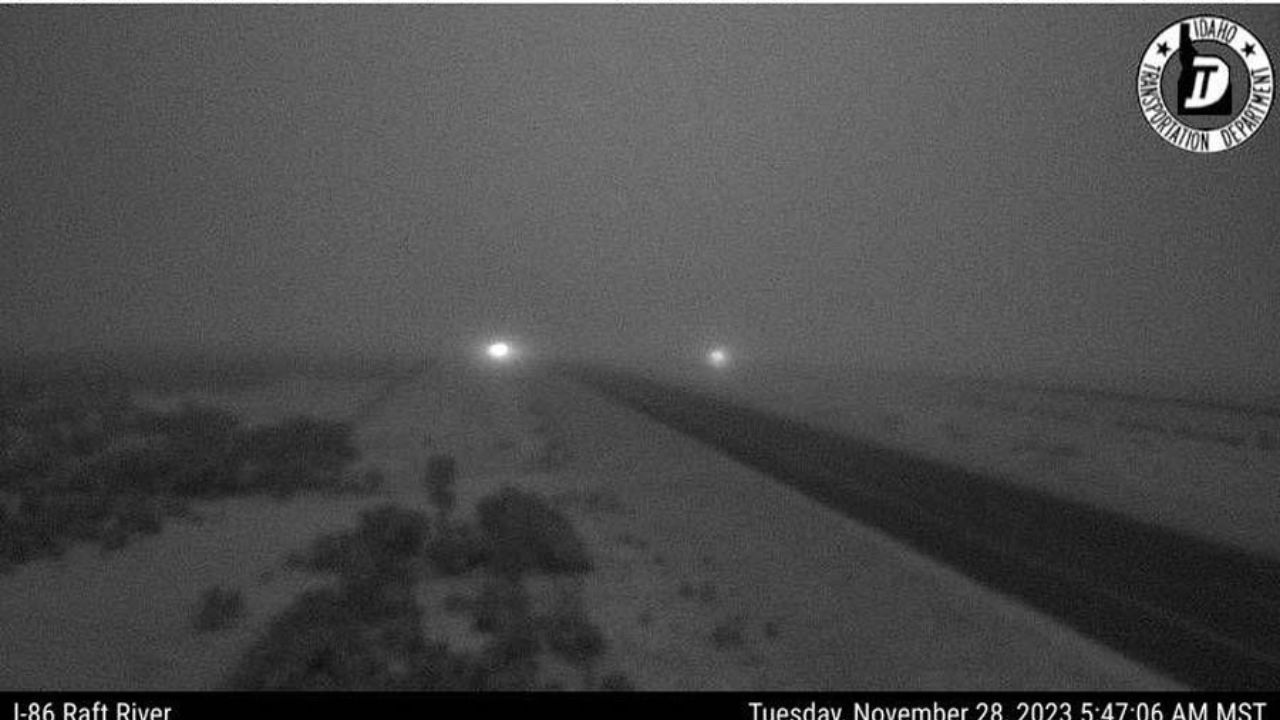New information has emerged regarding the security breakdowns that occurred before the fatal shooting of Charlie Kirk at Utah Valley University (UVU) in September 2025. Kirk’s head of security, Brian Harpole, spoke publicly for the first time about the events leading up to the tragedy, outlining concerns he said were raised repeatedly but not addressed by campus authorities.
Harpole discussed the incident during an interview on the Shawn Ryan Show, where he explained the limited private security presence at the event and the communications his team had with UVU Police prior to Kirk’s appearance. According to Harpole, he warned officers about rooftop vulnerabilities, which he believed posed a significant risk during the outdoor speaking event.
“We had concerns with rooftops. We knew our responsibilities and our limitations. The location we were given was not ideal,” Harpole said, recounting his early requests and the response he received from campus officials.
Before the event, Harpole said he asked about using drones for situational monitoring. Private security could not legally fly drones due to the restricted airspace close to Provo Airport, but UVU Police—who have authority to operate within that zone—did not have drones available. Harpole also questioned why Orem Police, who had a mutual aid agreement with UVU and possessed drone capabilities, were never involved in the security planning.
During the interview, Harpole read a text exchange with the UVU police chief, in which he raised concerns about the roof of the Sorenson Student Center, directly across from the speaking area. According to Harpole, he asked for controlled access or permission to position a security staff member there. The police chief responded, “I’ve got you covered.”
While the Sorenson Student Center roof appears to have been restricted, investigators later confirmed that the shooter accessed the roof of a separate building behind it, a location that was not secured and ultimately became the firing position.
Harpole said his team had structured their ground security plan under the assumption that all rooftops were covered. He described the shooter’s access point as a narrow, partially obstructed zone within a seven-foot window, requiring precise timing to avoid detection. Harpole believes the attacker may have rehearsed or studied this entry route beforehand.
The security chief also revealed that he previously discussed the risks of an outdoor event with Kirk. According to Harpole, Kirk believed open access encouraged public dialogue and reduced division, saying that metal detectors, ticketing, or restrictive entry barriers would deter opposing viewpoints from attending.
UVU later released a statement confirming that it is seeking an independent third-party expert to conduct a comprehensive review of the incident. The university says it intends to update its security protocols based on the findings to ensure the safety of students, staff, and event participants.
The institution also announced plans to hire eight additional campus police officers and two security managers to provide improved oversight at future events.
For official campus safety guidelines, refer to Utah Valley University’s public safety page, and for federal campus safety standards, see the U.S. Department of Education Clery Act resources.


